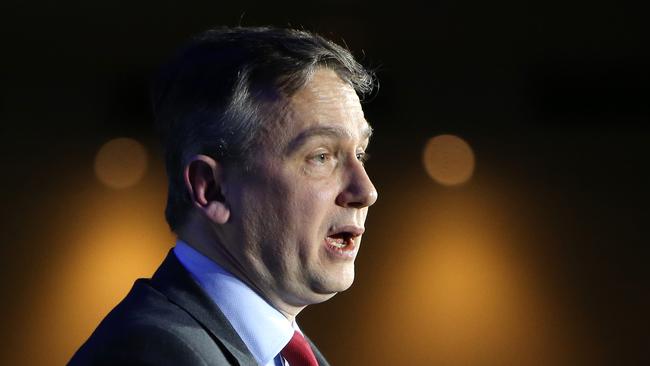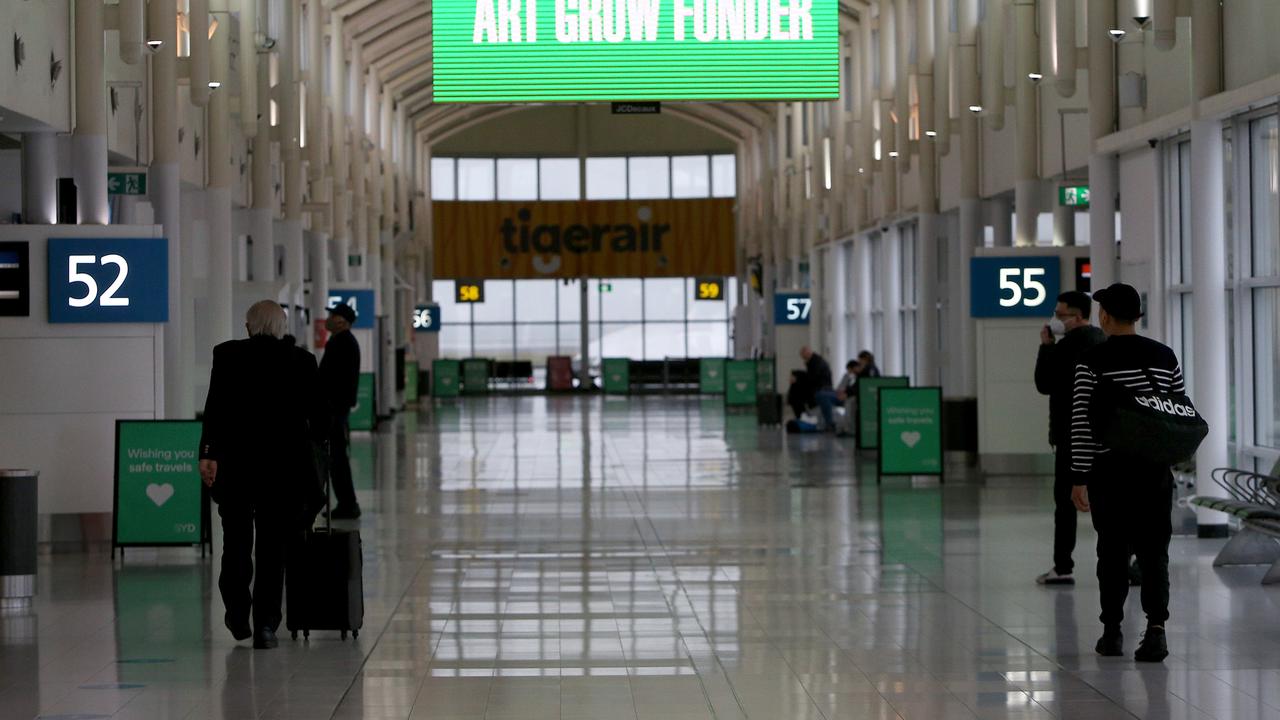Terry McCrann: We need an answer to the $8 billion question
TRANSURBAN has been playing the Victorian state — mostly, Labor — governments on a break at every critical juncture and Victorian motorists and businesses have paid the bill, writes Terry McCrann.

Terry McCrann
Don't miss out on the headlines from Terry McCrann. Followed categories will be added to My News.
TRANSURBAN has been playing the Victorian state — mostly, Labor — governments on a break at every critical juncture and Victorian motorists and businesses have paid the bill.
It is a bill which is heading for a staggering $40 billion or around $10,000 for every single Melburnian, drivers and non-drivers all, over the life of the CityLink project and its licence to pluck money.
DRIVERS SET TO MISS MASSIVE TOLL WINDFALL
TRANSURBAN TROOP IN THE FAST LANE
Now, that’s all been fair enough: Transurban is delivering a valuable service to Victorians and aims to maximise its profit in the process.
But we are now at the most critical juncture of all. One path might just as legitimately lead to a 2025 early termination of the tolling franchise that could save motorists $8 billion. The other definitely heads to 2045 and the $40 billion.
Someone who has been at the very centre of the saga is now belling the cat. He’s a former investment banker named Francis Browne. He worked with Transurban when it won the deal back in 1995 and when it, absolutely critically, got freed from being restricted to just operating CityLink.

That enabled Transurban to move into Sydney and repeat what it had done in Melbourne — indeed it tolls more in Sydney now than in Melbourne — and then on to Brisbane.
It now has an all-but-total-iron-lock on toll roads in the three big cities (only Melbourne’s EastLink is outside its grip) and is the almost unavoidable ‘go-to-guy’ for building, and tolling, additional toll roads.
Over the past six or so months, Browne has been trying to get an answer to an essentially very simple question: was the state — that’s to say you — getting its fair share of the tolling upside from all the improvements in and around CityLink.
In particular, had the state properly assessed the potential to terminate the tolling franchise early — again saving you money (that $8 billion), either directly as motorist or indirectly as taxpayer.
Answering that question was critical not just on the obvious straight financial basis, but also for the state in the various negotiations with Transurban on extensions and adjustments to the CityLink franchise.

As a consequence, Browne has spent the past six or so months also getting essentially the run-around from both the state government and Transurban.
That is why the only satisfactory way that the public interest — your direct interest — can be upheld is via a fully transparent independent assessment in which all the numbers are put on the table.
It has to be done now, before any agreement is made on the Western Distributor because the money Transurban will spend there will guarantee it can’t trigger the early termination metric.
Transurban’s CEO Scott Charlton inadvertently gave the game away last year when, in dismissing the suggestion that profits could reach the level needed to trigger the early termination, that the $2 billion extra Transurban had spent had to be included in the profitability calculation.
Charlton, well, misspoke. Transurban hadn’t spent an extra $2 billion. Most of that was spent by the government — your money. And it’s still waiting for its promised share of the tolling upside.
But the $5 billion-plus that Transurban would spend on the Western Distributor would be included. Yes, it would reduce Transurban’s overall profitability — avoiding early termination.
It would also mean Transurban would generate even bigger profits and for an extra 10 years; And then also get those massively increased profits flowing for an extra 10 years on top of that, out to 2045.
Now Transurban says there is no prospect of it getting profitability as high as the trigger in any event. To support that it provides two broking assessments, which come to the same conclusion.
Yes, they do. The first estimates Citylink’s rate of return will only hit 15.6 per cent, short of the 17.5 per cent trigger. The second concluded the return would run at 8-12 per cent.
Two points. That 15.6 per cent — calculated from the outside — is interestingly close to 17.5 per cent. And then look at the huge gap to the second calculation; not hard to imagine it could also work in the other direction.
In short, the government must get someone to just do the right calculation and do it transparently. There is $8 billion of your money riding on it.

CLEANER RIO EATS UP THE DEBT
RIO Tinto is in a very good place as it starts on 2017.
It is generating plenty of cash — last year some $US8.5 billion ($11.2 billion). That funded $US3 billion of capex (a mix of sustaining $US1.7 billion and expansionary $US1.3 billion); $US3.7 billion for shareholders; and still left nearly $US2 billion to pay down debt to just $US9.6 billion.
That debt level compares with $US22 billion just three years ago. And the Rio Tinto of 2017 is a much leaner, yet much bigger and more profitable animal than that of 2013. This year it will get a higher iron ore price averaged over the year over a lot more tonnage produced at a much, much lower per-tonne cost.
Rio’s capex will pick up to $US5-5.5 billion over the next two years as it commits to very focused and limited growth projects. Subject to commodity prices this spend and dividends should broadly match cashflow. That would leave debt broadly unchanged and see some slight further easing in gearing. At just 17 per cent it’s already below the 20-30 per cent target range.
That would enable Rio to jump either way: to a major spend if the opportunity and (favourable) environment presented. Or to put up the shutters if the global winds turned cold. While maintaining returns to shareholders — unless those winds turned very cold.
Originally published as Terry McCrann: We need an answer to the $8 billion question


